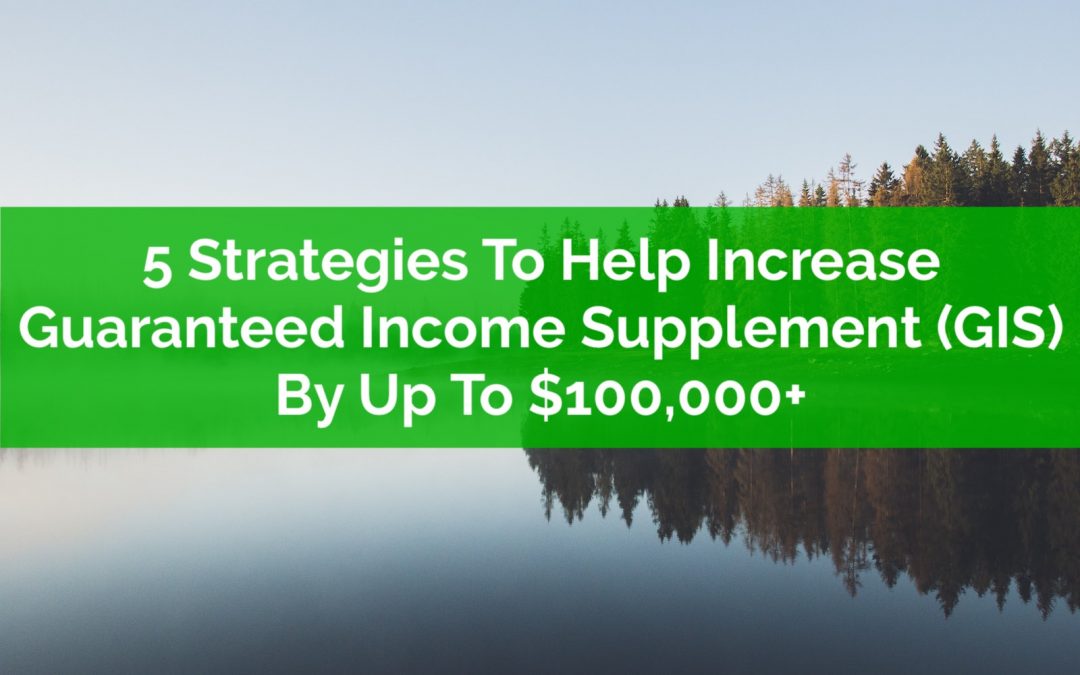
by Owen | Oct 11, 2022 | Financial Planning, Government Programs, Income, Investment Planning, Retirement Planning, Tax Planning
GIS (Guaranteed Income Supplement) is thought of as a government benefit that is exclusively for very low-income retirees, but the truth is that almost 1 in 3 retirees receive GIS benefits. This is a benefit that is widely available to retirees who are both low- and moderate-income.
GIS is a generous benefit. At a maximum it will provide over $10,000 per year per household. But this is quickly reduced by GIS clawbacks of 50% to 75%. For every dollar of taxable net income (line 23600 on your tax return), GIS is reduced by 50% to 75%.
For example, if you take $1,000 from an RRSP/RRIF then this would reduce next years GIS benefit by $500 to $750!
The challenge with the Guaranteed Income Supplement is that retirement planning with GIS benefits is very counter intuitive. Strategies that help reduce GIS clawbacks are often the opposite of strategies that help reduce income tax for higher income retirees. This can sometimes result in low- and moderate-income retirees getting advice that is not suited to their situation.
If not corrected in time, this bad advice can decrease future GIS benefits by $10,000’s or more.
For example, a client we worked with recently was advised to put $150/month into their RRSP despite being on disability benefits. This advice would have caused extra GIS clawbacks of at least $4,500 in retirement. From $9,000 in RRSP contributions, only half would end up in their pocket after considering GIS clawbacks.
Thankfully there are a handful of strategies to help reduce the GIS clawbacks… but these strategies require foresight. It’s best to create this type of plan in your 50’s, well before GIS benefits begin. The second-best time is in your early 60’s, right before GIS benefits begin. And the third-best time is between 65 and 70, when GIS benefits have begun but there is still time to make changes and maximize benefits. After age 72 there is less that can be done to reduce GIS clawbacks so planning ahead will pay off.
This type of planning can easily add $10,000’s in GIS benefits over the course of a plan and help make retirement significantly easier.
One of the reasons I love these GIS strategies is because they are specifically designed for low- and moderate-income households. We often hear about high-net-worth families employing teams of lawyers, accountants, and wealth managers to help them maximize their personal wealth. These strategies help low- and moderate-income households maximize their retirement income and could quickly backfire if used by anyone else.

by Owen | Sep 26, 2022 | Behavioral Finance, Financial Goals, Financial Planning, Insurance And Risk Management, Investment Planning, Retirement Planning, Saving Money
With interest rates higher, GICs have become more attractive as an investment option and a 5-year GIC ladder can be a great addition to your portfolio. GICs can be considered part of your fixed-income allocation and in some cases GICs can even outperform bonds of equal length.
If you’re adding GICs to your investment portfolio then you’ll want to consider building a GIC ladder. A GIC ladder is a common way to invest in GICs.
When investing in GICs, a GIC ladder can help take advantage of the benefits of GICs while reducing the downsides.
GICs are typically locked in for a specific term. This could be shorter-term like 90-days or longer-term like 1-year, 2-years, 3-years, 4-years, 5-years etc.
Laddering GICs will help take advantage of longer-term GIC rates while also improving liquidity with some shorter-term GICs.
When a GIC ladder is working well, there will always be at least one GIC maturing every year which can then be used to purchase a new longer-term GIC. Here’s why you may want to set up a GIC ladder and how to do it…
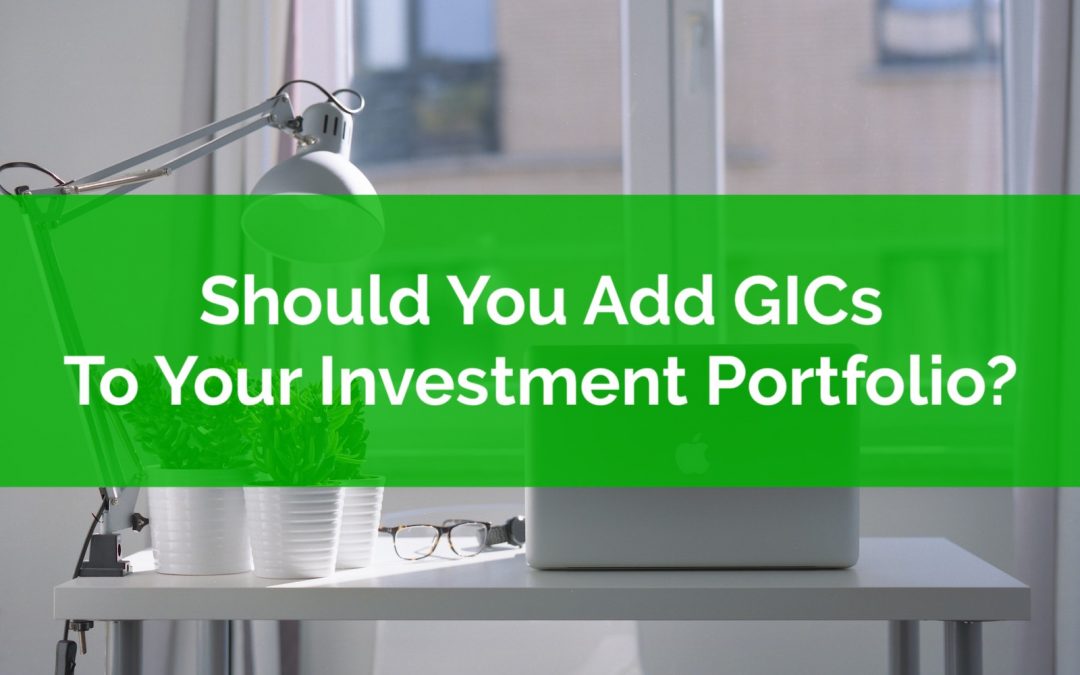
by Owen | Sep 19, 2022 | Behavioral Finance, Financial Planning, Investment Planning, Retirement Planning, Saving Money
For 10+ years interest rates were at historic lows and investing with GICs was less attractive. But now interest rates are higher and adding GICs to your investment portfolio has become much more attractive.
If you don’t have GICs in your investment portfolio, then you may want to consider including some within your fixed-income asset allocation.
GICs (Guaranteed Investment Certificates) are a type of fixed-income investment. They’re extremely safe and in most cases are fully insured by the CDIC (Canadian Deposit Insurance Corporation) up to $100,000 per financial institution.
GICs are guaranteed. They’re like a savings account but with a higher interest rate. GICs are often locked in for a specific term. Terms can be as short as 30-days and as long as 10-years. But most GICs have terms of 1-year, 2-years, 3-years, 4-years, and 5-years.
Adding GICs to your investment portfolio can be very easy. It’s possible to buy GICs from many financial institutions directly OR to buy GICs through your brokerage account.
With interest rates higher, investing with GICs has become more attractive, and in some cases, GICs can even perform better than bonds!
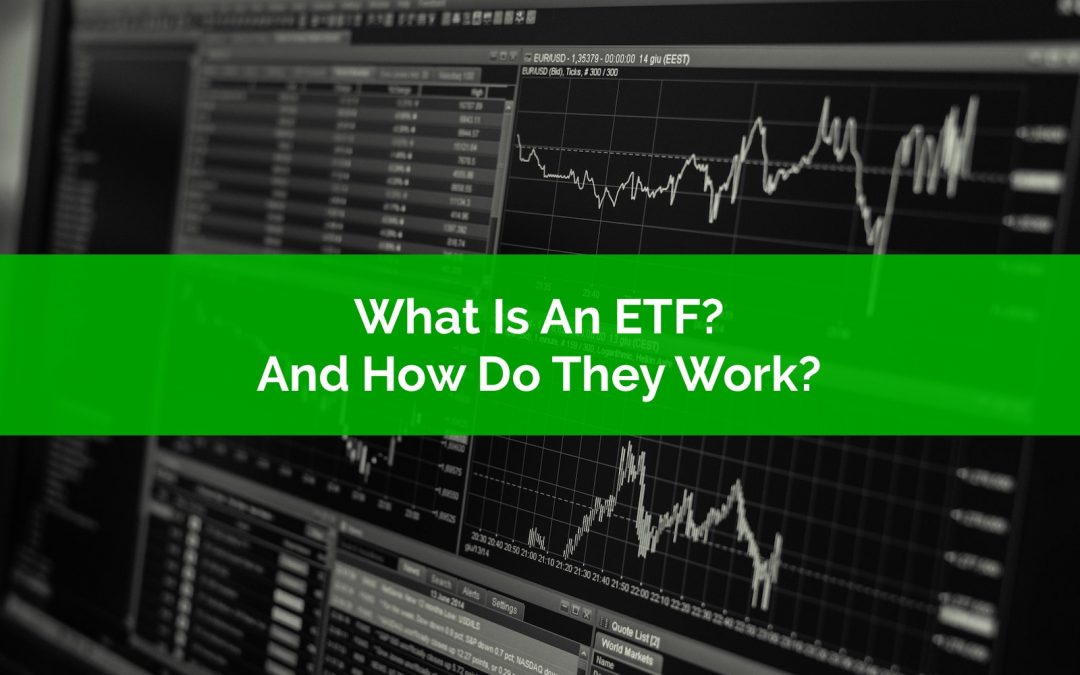
by Owen | Sep 12, 2022 | Behavioral Finance, Financial Planning, Investment Planning, Retirement Planning
ETFs have taken over the world of investing. Everyone is getting behind ETF investing, from DIY investors to Warren Buffet, from robo-advisors to huge institutional investors. But what is an ETF? What does ETF stand for? And how do they work?
ETF stands for Exchange Traded Fund… what that means is that it’s a collection of investments, stocks, bonds etc, and those investments are grouped together into one fund that you can purchase and sell on the stock exchange.
This is slightly different than mutual funds. Mutual funds also hold a collection of investments but you purchase them through the fund provider and at a set price at the end of the day based on how much the fund is worth.
The difference is subtle but it matters, and I’ll explain why.
ETFs have grown in popularity over the last 10-years. One of those reasons has to do with low-cost index investing. Index investing is when a fund (could be an exchange traded fund, or it could be a mutual fund) tries to replicate the returns of a particular index. And an index could be anything.
For example there is an S&P 500 ETF that aims to replicate the returns of the S&P 500, a collection of the 500 largest companies in the US. An index could also be a bond index, in this case a bond ETF aims to replicate the return of a certain type of bond, maybe corporate bonds, maybe government bonds, maybe high-risk/junk bonds etc.
The amazing thing about ETFs, especially index ETFs is how little they cost, how highly diversified they are, and how simple they makes investing for the average person.
But how do ETFs work?
It’s a great question.
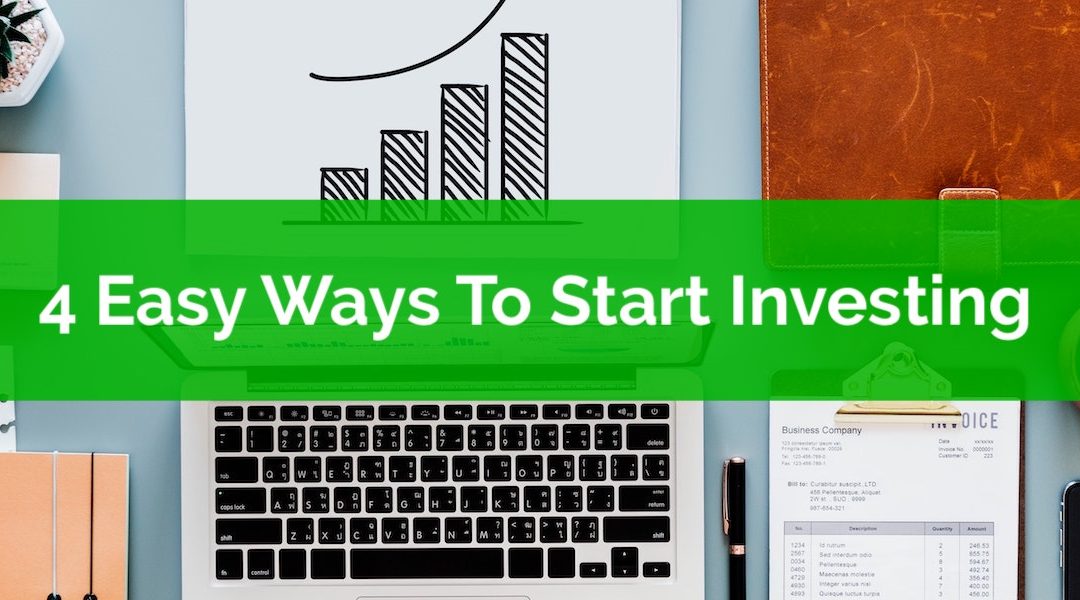
by Owen | Aug 19, 2022 | Investment Planning
Investing is one of the best ways to build wealth. When you invest, you buy a small piece of a company. And as a part owner of that company, you get a portion of the profit they create. This profit can be distributed to shareholders in the form of cash dividends every few months (ie. Coke) or it can be invested back into the company to help is grow even faster (ie. Netflix).
When you invest you put your money to work. Rather than letting your money sit in a high-interest savings account, where it does next to nothing (earning minimal interest, sometimes less than inflation) by investing you give your money a real job.
When you invest, you get a higher return but this return isn’t free. A higher return comes with higher risk. Investing is risky. When you invest it’s possible to lose a big chunk of your savings over a few years, months, or even days. The benefit is that over the long run you can earn a better return than your bank account, and this is important when you have long-term goals like financial independence or retirement (Note: you should never invest when you’re saving for short-term goals, for short-term goals a high interest savings account or GIC are best).
What is the best way to invest? That depends on your specific circumstances. It depends on how much time you have, how involved you want to be, how much you want to pay in fees etc. Investing today is easier than ever. There are new and easy ways to invest in a highly-diversified portfolio of stocks and bonds.
Which method you choose will depend on a few factors…
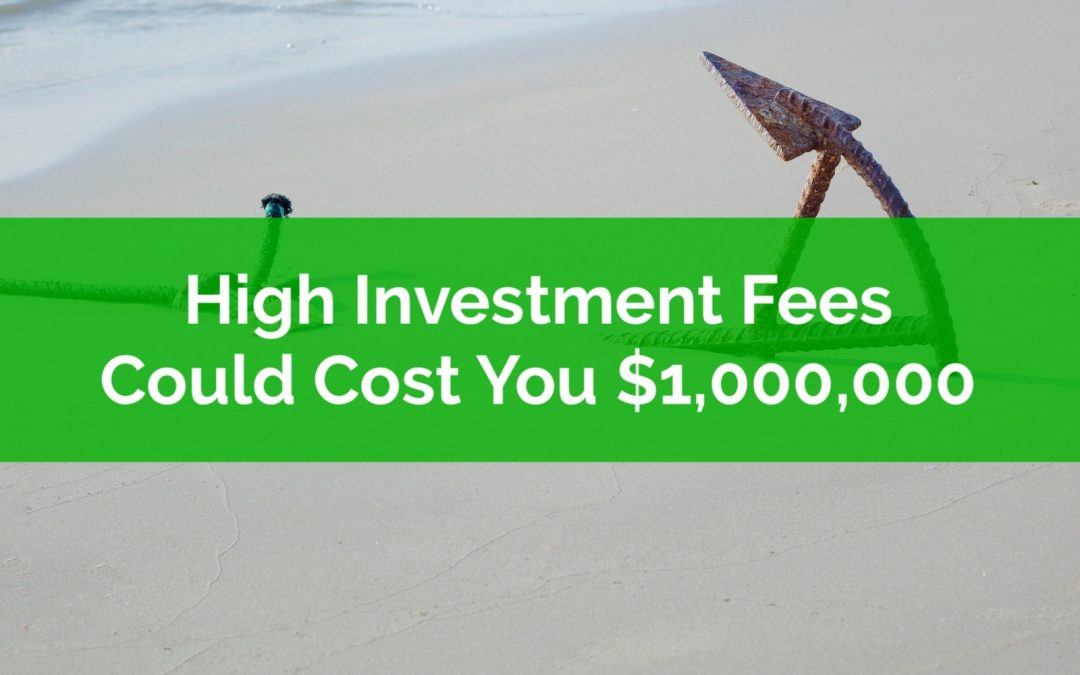
by Owen | Aug 1, 2022 | Financial Planning, Investment Planning, Retirement Planning
Imagine paying $1,000,000 in investment fees? It seems crazy, doesn’t it? There aren’t many things I could imagine spending that much money on, and investment fees would certainly be at the bottom of the list. And yet, there are millions of Canadians who could end up paying this much, or possibly more, in investment fees over the course of their life.
If given an extra $1,000,000, what would you spend that money on? Probably not investment fees. I would probably spend that money on a vacation, a cottage, a reno, or a hundred other things before choosing to spend extra money on investment fees.
But for a mutual fund investor in Canada, over time, high investment fees could easily add up to $1,000,000+.
If you don’t believe me, or just want to see the details, lets take a look at the numbers together…
Page 4 of 15«...23456...»






